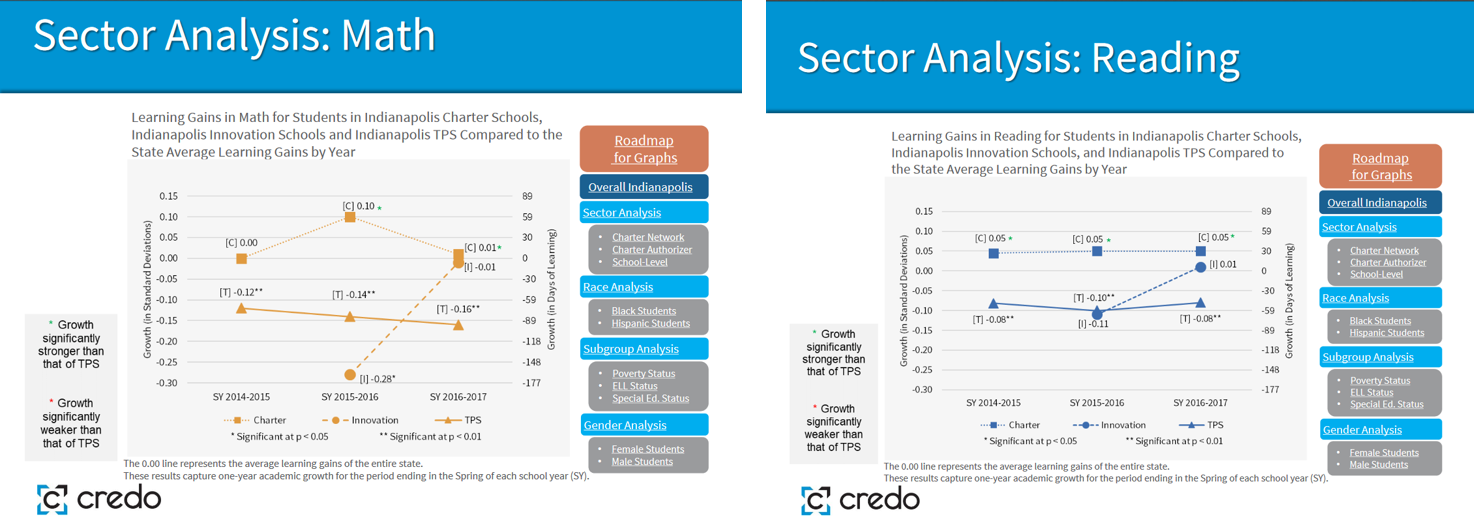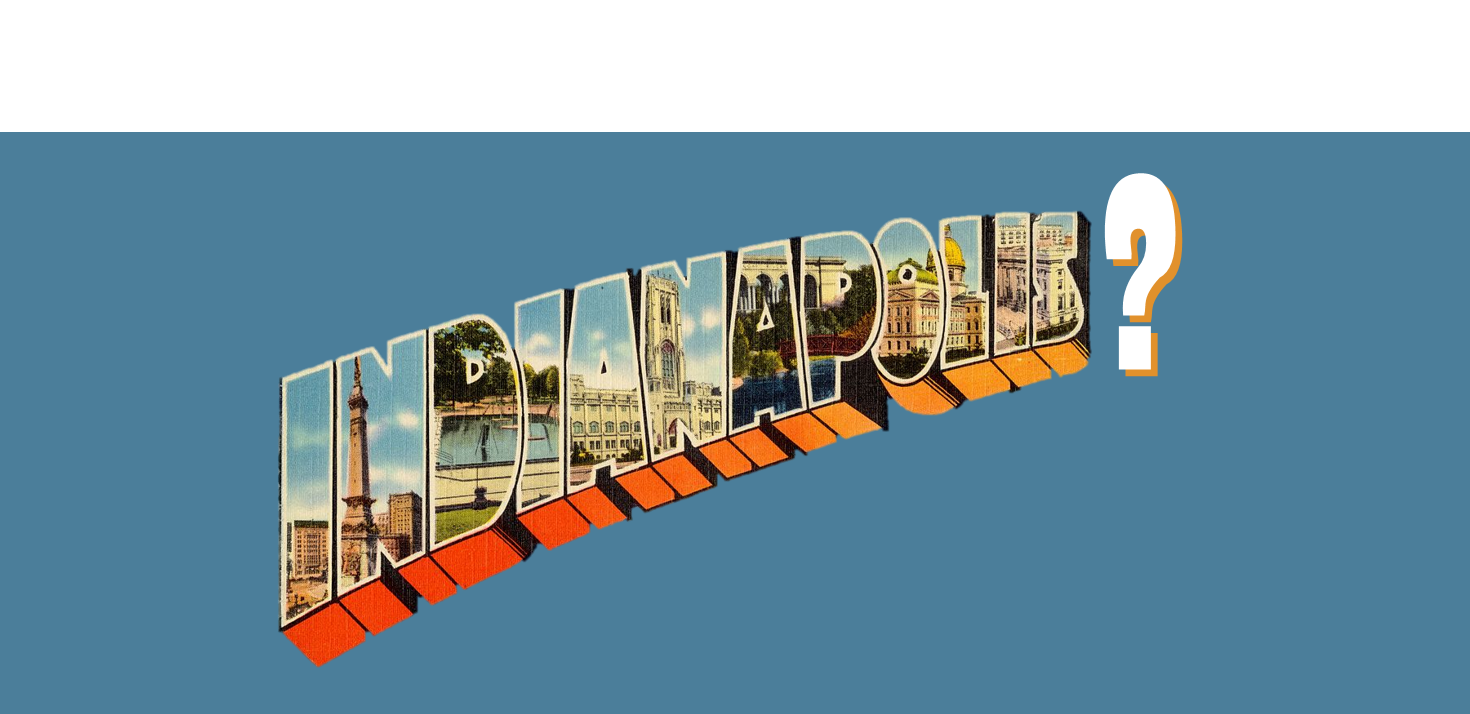While we were doing research for our Eight Cities project, I was frequently asked which cities we’d be including. To take the temperature of the sector, I’d turn the question into a nerdy parlor game and ask people to guess which cities they thought made the list.

Indianapolis frequently came up, but it’s not one of our eight cities. Now I’m starting to have second thoughts. Here’s why.
The criteria for being one of the eight cities in our publication was that there was a strategy put in place based on the beliefs and pillars below — and saltatory gains in achievement and reductions in gaps.
 Indianapolis scores high on the first criterion. They have a school performance framework, unified enrollment system, influential quarterback organization, broad (but not universal) citywide school choice, and a high-quality authorizer.
Indianapolis scores high on the first criterion. They have a school performance framework, unified enrollment system, influential quarterback organization, broad (but not universal) citywide school choice, and a high-quality authorizer.
On the academic front, things are a bit more complicated.
Indianapolis Public Schools’ (IPS) scores on the state’s iStep test have declined from 29 percent in 2014 to 23 percent in 2018. This isn’t good news for the state’s largest school district, but the city’s families are fortunate to be able to choose one of the city’s 35 charter or 20 Innovation Schools (IPS schools with charter-like autonomies).
Indy’s charter school sector, which enrolls 28 percent of students, has performed well for years in large part because the Indianapolis Mayor’s Office is an effective authorizer. For instance, in 2017, the Indianapolis Mayor’s Office had “the greatest percentage of A and B schools within their portfolio, and the lowest percentage of D and F schools” compared to other authorizers in the state.
Now, thanks to the Center for Research on Education Outcomes (CREDO) at Stanford University’s City Studies Project, there’s even more information on Indy’s school performance. The CREDO report confirms that past trends around district and charter school achievement are continuing and provides a first look at the performance of Indy’s Innovation Schools. Here are the highlights. In the 2016-17 school year:
- Students in Indianapolis Public Schools’ traditional district-run schools were 48 days behind state averages in reading and 96 days behind in math.
- Indianapolis’ charter school students achieved the equivalent of 77 days more growth in reading and 100 more days in math than students in Indianapolis Public Schools’ traditional district-run schools.
- Indianapolis Public Schools’ Innovation Schools showed the equivalent of 53 additional days of learning in reading and 89 days in math, results similar to state averages (although the findings were not statistically significant).
 While these results are promising, Indianapolis isn’t out of the woods yet. IPS needs to arrest the downward trend in its traditional schools, charters and Innovation Schools must accelerate their progress, and everyone needs to make sure the system is fair and transparent. (I have no doubt that the infusion of money into the Mind Trust will help spur necessary changes.) Even so, leaders in Indianapolis deserve a lot of credit for their sustained march toward a citywide system of schools that works for all students.
While these results are promising, Indianapolis isn’t out of the woods yet. IPS needs to arrest the downward trend in its traditional schools, charters and Innovation Schools must accelerate their progress, and everyone needs to make sure the system is fair and transparent. (I have no doubt that the infusion of money into the Mind Trust will help spur necessary changes.) Even so, leaders in Indianapolis deserve a lot of credit for their sustained march toward a citywide system of schools that works for all students.
If Indianapolis had seen more dramatic gains across all of its school types, it would be a shoe-in for our website. But that argument can’t be made yet. However, the strong charter sector, promising early results for Innovation Network Schools, and clear vision and strategy for a citywide system of schools puts the city on solid footing for consideration.
I think Indianapolis deserves a look at being our ninth city. Do you?
